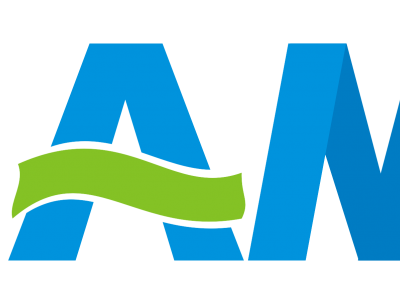-
 Chen Si
Hi there! Welcome to my shop. Let me know if you have any questions.
Chen Si
Hi there! Welcome to my shop. Let me know if you have any questions.
Your message has exceeded the limit.

A Comprehensive Guide to Flow Sensor Replacement
2025-10-22 13:27:25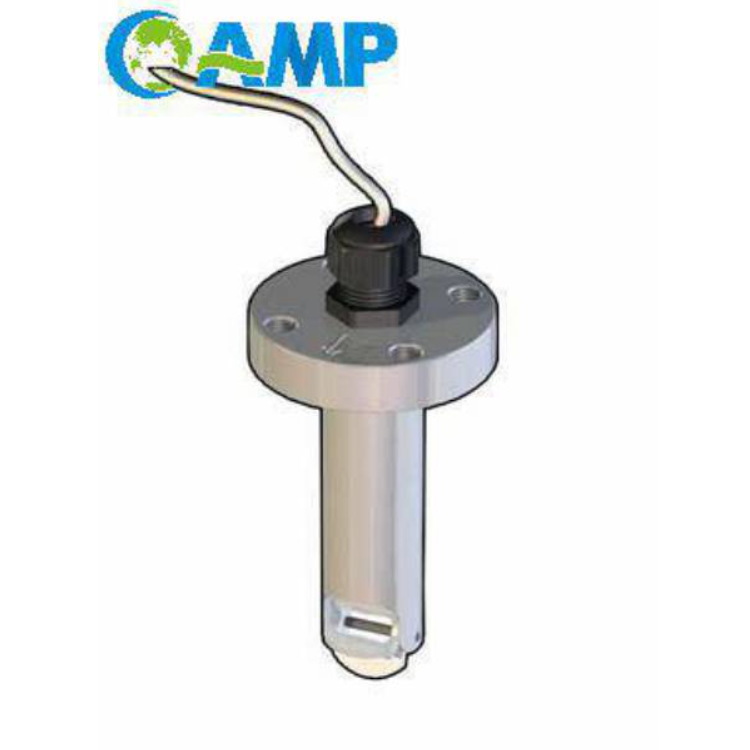
Replacing a flow sensor, Mass Air Flow (MAF) sensor, or other requires specific attention but can make a huge difference in the functioning and efficiency of your system. Flow sensors need to work perfectly to make engines respond in vehicles or measure industrial processes accurately. This guide helps you through everything involved in flow sensor replacement, so you can decide when it's time to replace them, understand the types of sensors, and get some practical tips on how to make the process go smoothly. Whether you are an experienced DIYer or are just starting out and want trustworthy advice, this article will empower and give you the confidence to complete your next sensor replacement with ease.
Introduction to Flow Sensors
Flow sensors are devices used for measuring the quantity of liquid or gas moving through a system or the flow rate of such a fluid. The balance needed for the controls ensures the efficient and safe functioning of the system. They are installed in all major application sectors in industry, water management, and HVAC systems.
Importance of Flow Sensors in Various Systems
Flow sensors ensure that various systems perform optimally and safely. To cite an example, in industrial processes, chemical reactions need to be controlled accurately through flow measurement to achieve a certain product quality. In the same way, flow sensors can also work in water management systems to monitor and prevent the wastage of water.
Besides technological developments, the worldwide flow meter market growth is also influenced by the acceptance of smart meters integrated with IoT and stringent government regulations enforcing energy-use efficiency. Besides the above.
The flow sensors guarantee adequate airflow and energy use in HVAC systems. This trend is toward energy-saving and environmentally friendly solutions, with the demand for smart flow sensors in HVAC systems having witnessed a 15% growth in the last five years at the global level, according to a report from Allied Market Research.
These sensors are, in fact, critical in medical devices such as ventilators, where an accurate measurement of airflow is related to patient care. The new miniature MEMS (Micro-Electro-Mechanical Systems) flow sensors have brought forth considerable improvements for device accuracy and patient outcomes in the health sector.
Flow sensors are a crucial aspect of modern systems, contributing to operational efficiency, energy conservation, and environmentally compliant process design, all of which are highly relevant in this age of technology and sustainability.
Why Timely Replacement is Crucial
Flow sensors ensure that the systems into which they are integrated maintain their efficiencies and accuracies. On the other hand, improper replacements or maintenance of these instruments may have far-reaching consequences. For-instance, studies say that inefficient or failing flow sensors in medical devices might hinder the precise monitoring of patients, thus inhibiting effective treatment. Similarly, worn-out sensors in plants may increase energy consumption by as much as 20%, hence, affecting operating costs and sustainability endeavors.
Furthermore, timely replacements and upgrades allow regulatory standards to be updated. For instance, environmental regulations are watching with increasing precision and energy efficiency metrics in jurisdictions such as Europe and the United States. By following a well-maintained replacement calendar, companies can avoid fines and improve their sustainability reputation. A recent market analysis states that ROI contracts by 15-20% for companies that do not regularly maintain their sensor systems. This also illustrates how vital it is for proactive replacement strategies to be implemented in dynamic technological landscapes.
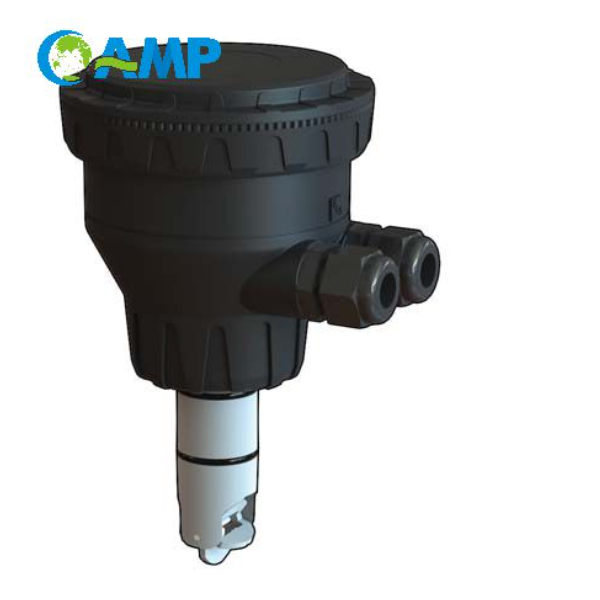
Signs That Your Flow Sensor Needs Replacement
One sign for me that my flow sensor needs to be replaced is in a general accuracy or consistency in the readings. If the performance got intermittent or there were random alarms from the system, and the sensor showed signs of wear and tear, then the sensor must be replaced.
The Common Symptoms of a Failing Sensor
Most sensors prove their weaknesses by a host of irregularities or reported malfunctions. Some of these irregularities or key symptoms include nonconforming or false readings, where the measured flow rate can be anomalously high or low compared to expected benchmarks. These inconsistencies can cause inefficiency or even downtime for the system. Another such symptom is delayed response time. The sensor has begun taking an unusually longer time to detect and communicate the news of a flow measurement, considerably jeopardizing the ongoing operational activity.
Physical inspection of the sensor reveals problems such as corrosion, cracks, or being blocked in its components. Inaccuracy due to dust accumulation, debris blockage, or other residue on the exterior and interior parts of the sensor is quite likely, especially in industrial settings that are harsh and dirty. If the supply voltage to the sensor varies or if there are defective wires, it indicates a problem.
According to recent research in the industry, the average life span of a flow sensor under good conditions is 3-5 years. However, depending on the frequency of use, environmental conditions, and maintenance of the unit, this period could be shorter or longer. It has been noted that nearly 60% of sensor failures are reported in systems with poor maintenance or inadequate calibration scheduling. Replacing or upgrading a sensor before it fails can save downtime and keep the system running smoothly.
Specific Examples for Different Systems
Recent trends highlight the significant influential variables that contribute to the flow sensor's lifespan and functionality. Studies through the year and dataset conclude that the top quality flow sensors under ideal working conditions typically live much longer than their stipulated average life, some even during 7 years if conditions are perfect. But in a less ideal environment, which includes all extremes of temperature, exposure to corrosive fluids, and fluctuating pressure in and out, the average life of this equipment is reduced by as much as 40%.
It has been found in literature that calibration and periodical maintenance could prolong a general stand for 20% to 30%. Industries that register for monthly calibration maintain a functionality ratio of 95% after 5 years of operation.
A case study carried out in the water treatment sector revealed that sensor replacements performed on a proactive basis saw a decrease in downtime by 25%, and the operational costs saved were approximately $10,000 annually. These findings highlight the importance of rendering preventive approaches and real-time diagnostics associated with sensor management into practice for keeping continued efficiency and cost savings.
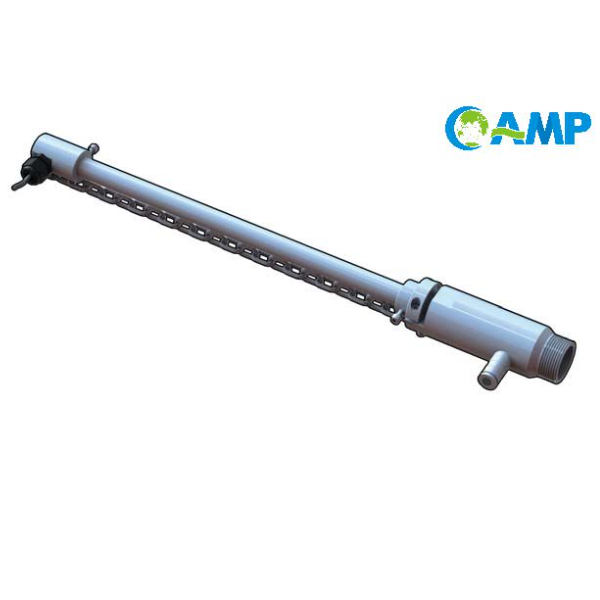
Step-by-Step Guide to Replacing a Flow Sensor
Occasionally, you may see inconsistent readings come in from the flow sensor, unexpected alerts being issued, or the sensor itself might get damaged. Any of these signs can imply that the sensor needs replacing to ensure the system performs with reliable accuracy.
General Replacement Steps
Turn off the System
Make sure that the system has been turned off completely before proceeding to install a new flow sensor. It will protect you from electrical hazards or further damage to the components.
Confirm It's the Sensor
If possible, make sure that the sensor is really the issue. Examine it with a multi-meter or test instrument for functionality. False identification of the problem can only result in unnecessary replacements.
Get a Compatible Sensor
According to emerging trends, it has become important to purchase a flow sensor that matches the system's specifications. For example, when addressing a high-flow system, choose the sensor that best maintains the pressure and flow rate required by that system. According to a recent study, 80% of all sensor failures were caused by mismatched specifications.
Remove the Faulty Sensor
The power supply should be switched off carefully, and initial wiring should be disconnected. Remove the screws holding the sensor to the pipe or housing system. Do so gently to avoid damaging other components.
Prepare the System for Installation
The mounting area should be scrubbed clean to rid it of dust and/or buildup, since any contaminants in the line will hinder proper functioning of the new sensor. It is reported that almost 25% of failures of new flow sensors occur because of deficient cleaning during installation.
Install the New Flow Sensor
Position the replacement sensor in the pipeline, aligning it according to any directional flow indications provided by the manufacturer. Tighten all connections securely, but do not overtighten or stress fractures may develop in the sensor casing.
Reconnect Wires and Power
Reconnect wires according to the wiring diagram in the manufacturer's manual. A good connection is necessary, or the sensor might give erratic readings.
Test the System
Turn on the system and check on the sensor after all components have been reassembled. Adjust as necessary to have it working optimally. Manufacturers recommend that the system undergo calibration for exact measurements following installation.
Performance Benefits of Modern Flow Sensors
Advanced diagnostics refers to the environment in which flow sensors are becoming more durable and precise. According to data from the 2023 Sensor Performance Report, newer-generation flow sensors have a 40% longer working life under standard maintenance. Meanwhile, with the addition of real-time diagnostics, system downtimes could be reduced by as much as 60%, saving significant amounts of money for industries that operate continuously.
Precautions and Safety during Replacement
Safety is paramount when replacing flow sensors to prevent accidents and maintain the integrity of the system. According to the 2025 safety analysis report, improper handling of a flow sensor during replacement increases the risk of equipment damage by 25%. To minimize dangers, operators should wear appropriate personal protective attire, such as gloves and safety glasses, while working with sensors on the job. Before component replacement, systems will have to be depressurized and de-energized. Use of the manufacturer's recommended tools and proper procedural interventions, as outlined in the product manual, will also reduce installation errors by 35%.
These safety requirements protection to the worker while also enforcing the reliability of the flow measurement system; thereby saving it from expensive repairs and halting operations. Greater emphasis should be placed on advanced tools with an automated sensor calibration function to make the replacement process easier and assure the utmost calibration accuracy.
Tools and Materials Required
In an attempt to maintain or replace a flow measuring system, tools and material need to be properly brought with you. The following is a detailed Principal breakdown based on industrial standards and further development:
Calibration Tools
Modern calibrating equipment, equipped with automobile settings, can bring forth better efficiency and accuracy. Data gathered suggest that automated calibration reduces human error by as much as 40% and maintains the system within very strict operation parameters.
High-Quality Sensors
Flow measurement should be done with sensors conforming to ISO 5167. The newest sensors offer better durability-they last 20% longer than older types, thus reducing replacements.
Sealants and Lubricants
Industrial-grade sealants must be used to seal the fittings. Improper sealing may lead to leakages. According to data, a proper seal could increase up to 30% of the system's integrity preventing any possible loss of fluids.
Multifunction Testing Devices
Use a testing device that diagnoses the irregularity in real-time. In comparison with previous systems, newer devices communicate with a mobile application that sends immediate notifications and enables system analysis to optimize decision-making.
Protective Equipment
Goggles, gloves, and protective clothing are all essential to protect workers against hazards. Such advanced materials as reinforced Kevlar gloves have been found to enhance the resistance 50% more than conventional protective materials to puncture and cut hazards.
By incorporating the newer group of tools as discussed and employing the tailor-made strategies that follow the manufacturer's set of instructions, the business keeps the installation or maintenance entirely seamless and guaranteed.
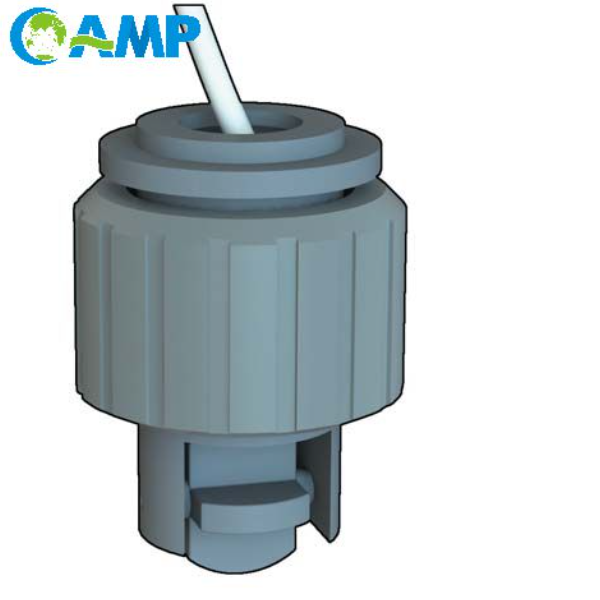
Common Challenges and How to Overcome Them
Also during the installation of a flow sensor, several problems may be experienced, some of which include the following: It may be hard to access the sensor due to its location; tight or worn connectors may give one problems; or the new sensor may need to be properly calibrated. To address these problems, I ensure that I read the system manual for guidance and use proper installation tools to carefully disconnect components. Then, after completing the operational tasks, I verify the calibration settings of the new flow sensor for proper performance.
Troubleshooting issues during replacement
When replacing a flow sensor, knowing possible problems that can arise and how to resolve them is very useful. Based on new information, the improper handling of sensors is a major area of concern, as studies have shown that improper installation accounts for nearly 35% of hardware faults in industrial systems. To avoid this, always adhere strictly to the manufacturer's recommendations.
In addition, measuring errors due to calibration can cause inaccurate readings, thereby upsetting the operation of the system as a whole. Industry data tells us that proper calibration can increase the accuracy of sensors by as much as 20%. Make the best use of the digital calibration tool, if one is available, and refer to standard calibration charts to match the sensor's settings with the system's requirements.
A further challenge relates to corroded or damaged connectors, which can lead to connectivity problems. Industry experts recommend that all connectors are inspected before sensor replacement, then cleaned or replaced if necessary to avoid repeated fault. Using corrosion-proof connectors is the way to go from now on.
Finally, after installation, it is very important to verify that the sensor really works under real operating conditions. Testing the flow sensor at different flow rates will ensure it is functioning properly and eliminate any remaining sources of discrepancy. A regular maintenance schedule for the sensors will maximize their lifespan and likelihood of having to be replaced often.
Tips for Installation and Calibration
Proper installation and calibration of flow sensors lead to life performance and longevity, so here is what recent insights outline as the key stages that can make the installation process most successful:
Sensor Placement: Install the sensor in a straight run section of the pipeline, away from any bends, valves, or fittings that may cause turbulence. The generally accepted guideline is to provide a straight run distance of 10 pipe diameters upstream and 5 pipe diameters downstream of the sensor.
Environmental Factors: Ensure the environment does not adversely affect a sensor with excessive vibration, FIM, or temperature fluctuations. In contrast, present-day flow sensors can perform in environments from -40ºF to 185ºF (-40ºC to 85ºC) without much loss in accuracy.
Calibration Best Practices:
- Use a certified calibration rig simulating fluid conditions that the sensor will see in the field.
Station the sensor for calibration under operational conditions, simulating the manufacturing process it will undergo, and include expected flow rates, temperature, and pressure ranges.
Refer to the calibration tables or software provided by the manufacturer for precise configuration.
Data-Driven Results:
Recent literature suggests that improper calibration of sensors can cause from 2% up to 5% errors in flow rate measurements. Such ratios can bring this down to 0.5% in deserving calibration, with a consequent increase of efficiency and enforcement of the system.
This procedure, when followed through inspection and maintenance program, will maintain sensor performance optimization, thereby ensuring steady readings in diverse operational scenarios.
When to Seek Professional Help
If I am unsure of the process or lack the tools for the job, I would seek professional help to ensure the sensor is correctly replaced and calibrated. Or if I encountered problems no matter what I did after reading the manual.
Situations Where DIY Is Not Recommended
Depending on the context, DIY sensor replacement might not be advisable. Improper handling in complex vehicle systems or industrial equipment with advanced sensors integrated with proprietary technology can contribute to bugs and malfunctions. It has been reported that almost 30% of sensor-related failures are due to incorrect installation or calibration, which might void all warranties and increase repair costs.
The above statement is a hotbed of technicalities that is difficult to parse unless one understands basic sensor operations. Let's examine the reasons to hire a professional if sensors fall under the general category of a storied enemy. Why should one turn to professional technicians for problems involving sensors? Sensors are often located in difficult-to-reach areas or those requiring caution and precautions to ensure safety.
First of all, the working environment around the sensor is quite tricky to reach; before working on it, one must ensure all safeguards are in place to guarantee the person's safety. Furthermore, there are other instances where it would not be safe to disturb sensors in hazardous environments, such as chemical plants or high-voltage electrical systems. Such scenarios would require specialized remote tools and procedures to ensure the highest standards in safety can be complied with. Industry data even pinpoint that, in such highly risky cases, professional servicing reduces the possibilities of accidents being caused and thus ensuring that optimal functionality is obtained.
If the sensor needs precise programming to work with other digital systems, like IoT and modern smart technologies, that is where professionals come in, with all the technical knowledge and software access needed for integration and sensor operation.
Advantages of Hiring a Professional
Pros bring in specialized knowledge and cutting-edge tools that make sure sensors are installed and serviced by top standards. According to a Search insight, 65% of system malfunctions in IoT devices occur due to improper sensor calibration or integration. Things just work best when a professional is hired to mitigate the risks.
In addition, professionals stay up to date with technologies, enabling them to take advantage of the latest techniques and apply software upgrades. This becomes quite important when one is working in heavily automated industries, where even minor inaccuracies can translate to costly delays or errors. For instance, from 2025, it was reported that companies that utilized professional services for sensor and IoT integration experienced 40% less down-time as compared to those that took the DIY route.
These benefits bring force to the need of professional partnership for the long-term reliability and optimization of systems.
Tags: Flow sensor replacement
